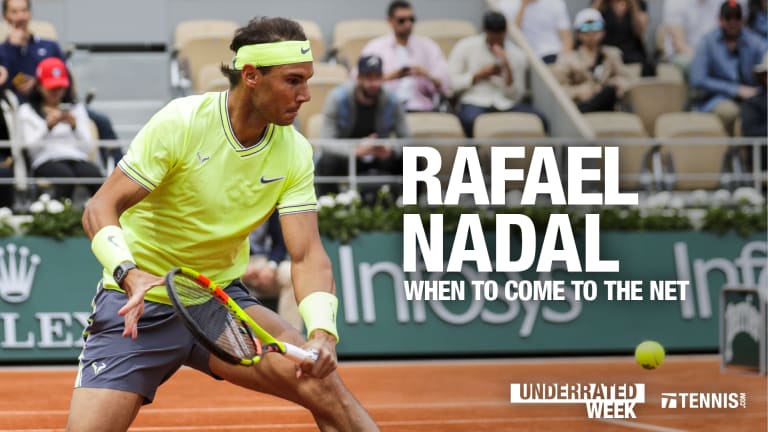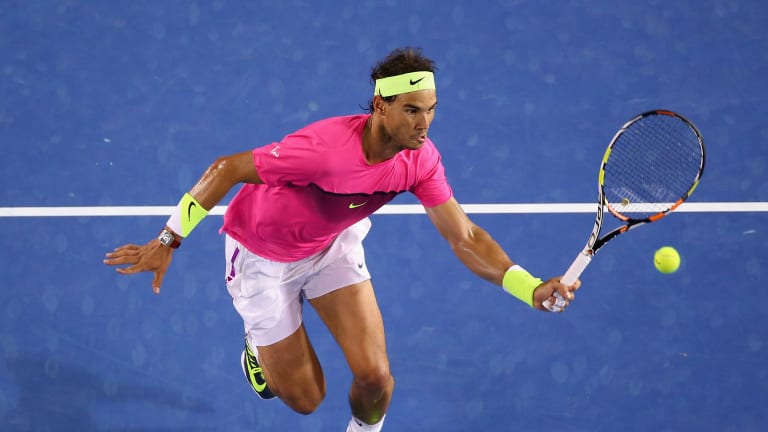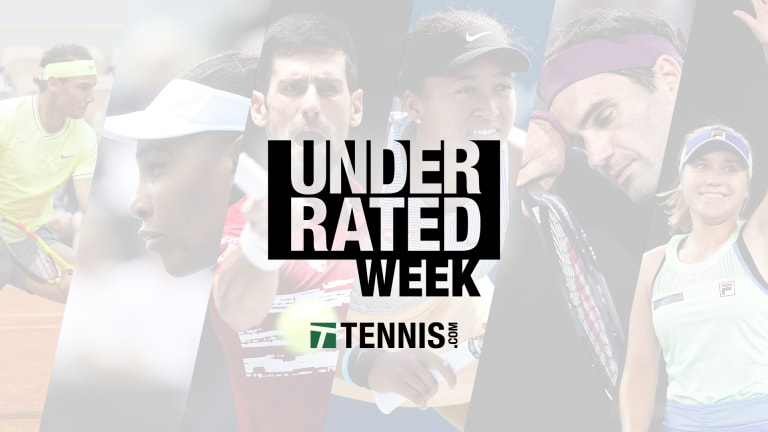Underrated Traits of the Greats: Rafael Nadal and when to come to net
By May 05, 2020Social
"Next time I will be stronger 😉": Rafael Nadal enjoys practice session with Alexandra Eala
By Nov 19, 2025The Business of Tennis
Carlos Alcaraz, Jannik Sinner take their rivalry—and star power—on the road for 2026 “Super Match”
By Oct 24, 2025The Business of Tennis
Carlos Alcaraz’s 2023 Wimbledon racquet just became the most expensive ever sold
By Oct 20, 2025The Business of Tennis
Carlos Alcaraz’s 2023 Wimbledon winning racquet poised to break auction record
By Oct 10, 2025Lifestyle
Rafael Nadal receives honorary doctorate from University of Salamanca
By Oct 03, 2025Social
“With that swing…” Roger Federer teases Rafael Nadal in Ryder Cup video message
By Sep 27, 2025Laver Cup
“People want to see Roger Federer play again”: Team8 CEO Tony Godsick teases Rafael Nadal exhibition tour at Laver Cup
By Sep 20, 2025Laver Cup
Laver Cup Rewind: Roger Federer plays his last match, alongside Rafael Nadal
By Sep 12, 2025ATP Challenger Tour
"Thank you for believing in me": Nadal Academy graduate Daniel Rincon wins Manacor title
By Sep 01, 2025Underrated Traits of the Greats: Rafael Nadal and when to come to net
Rafa's game is tennis, but at net he lives by the cardinal rule of every good billards player: Never force yourself to hit a tough shot.
Published May 05, 2020
Advertising

Underrated Traits of the Greats: Rafael Nadal and when to come to net
Advertising

Underrated Traits of the Greats: Rafael Nadal and when to come to net
© 2015 Getty Images
Advertising

Underrated Traits of the Greats: Rafael Nadal and when to come to net